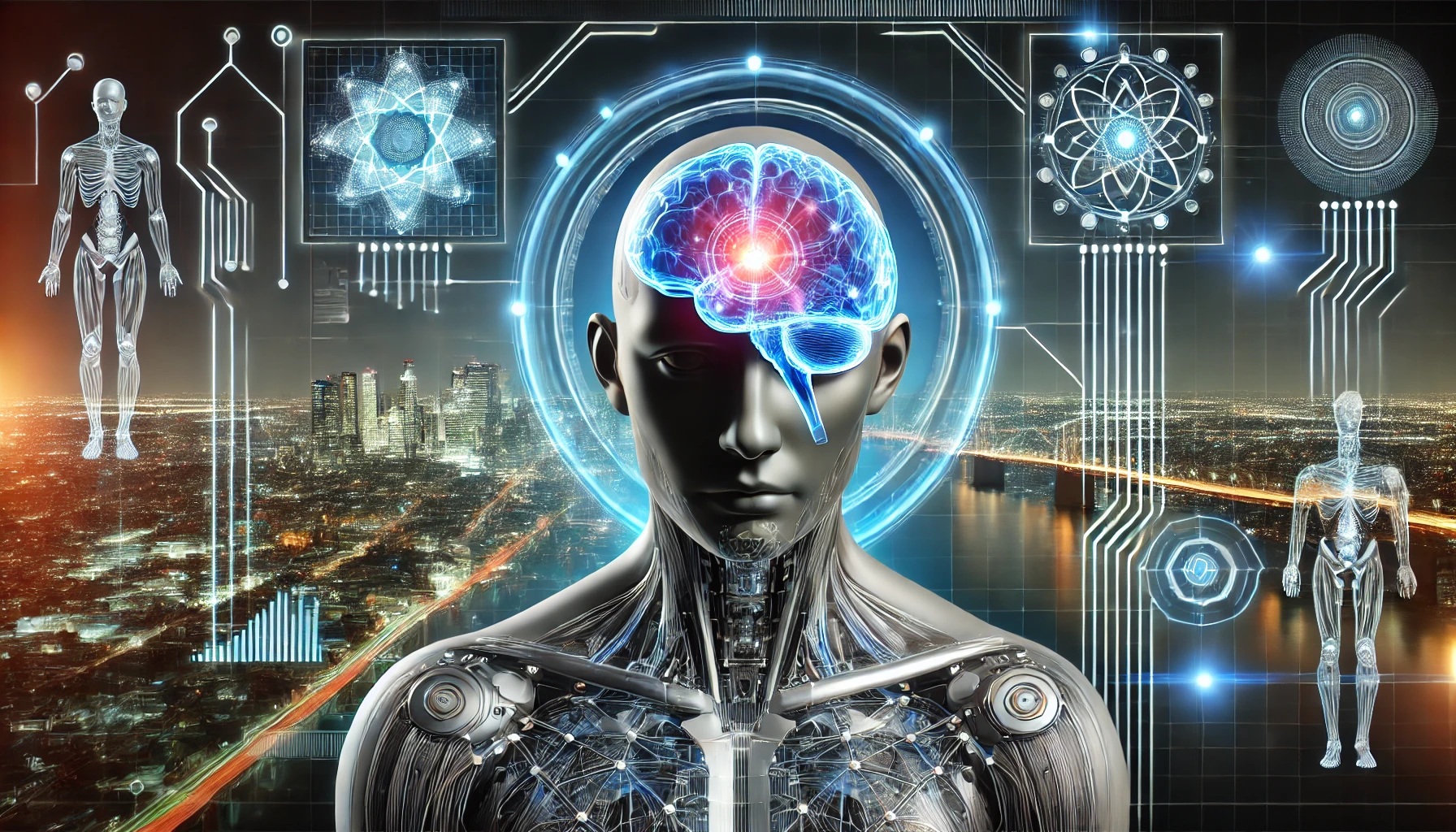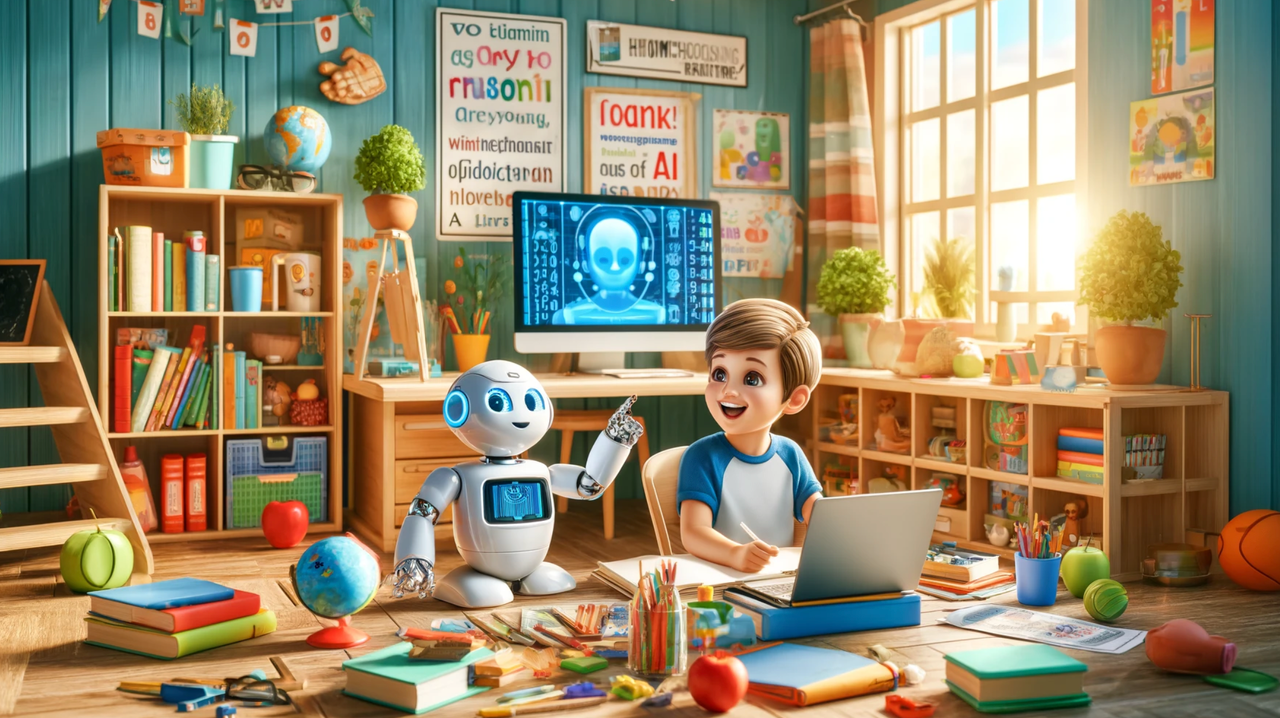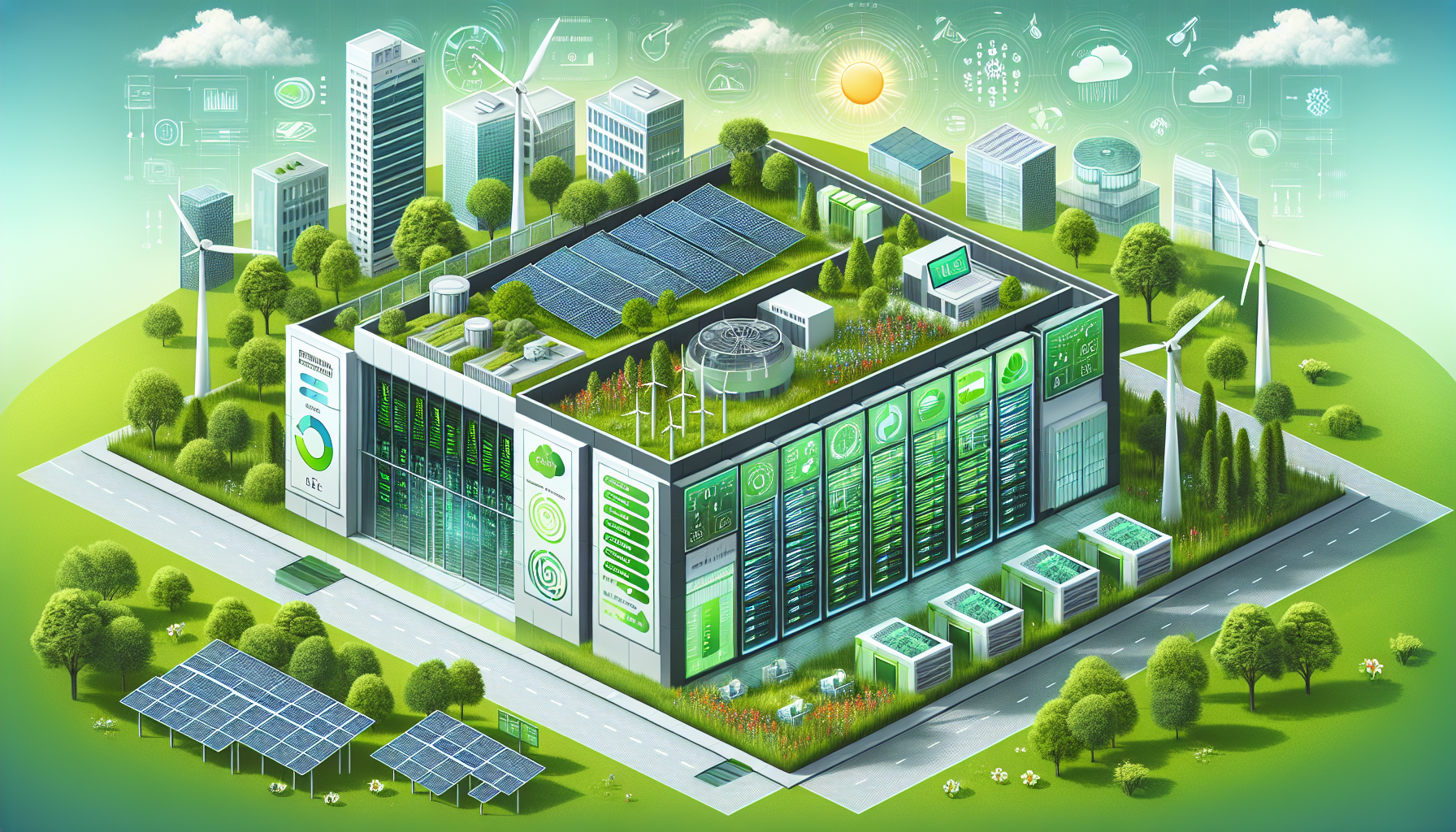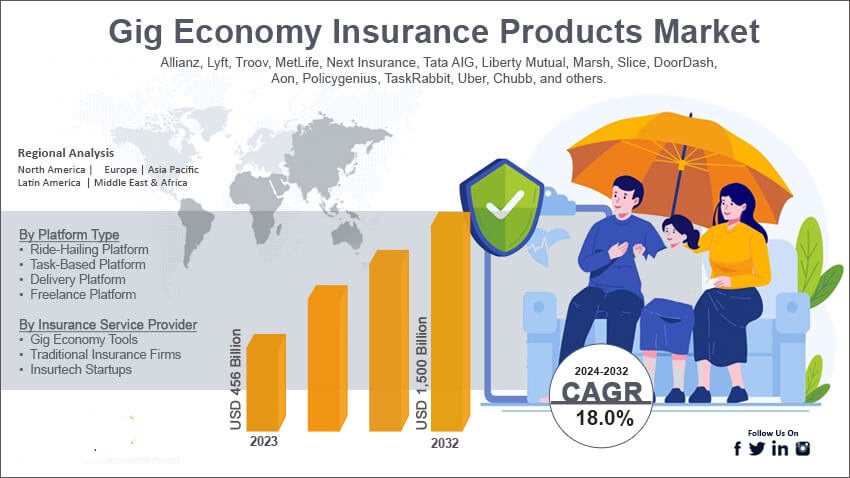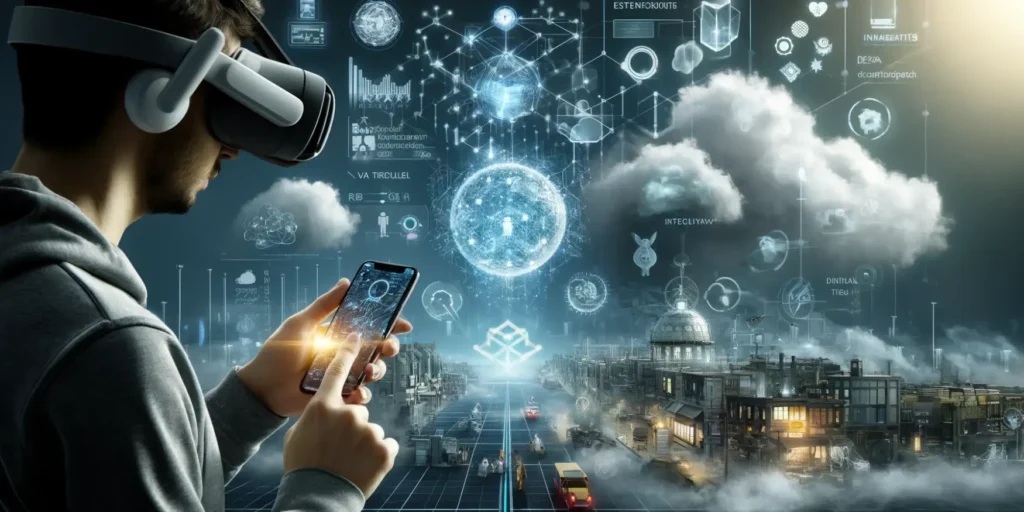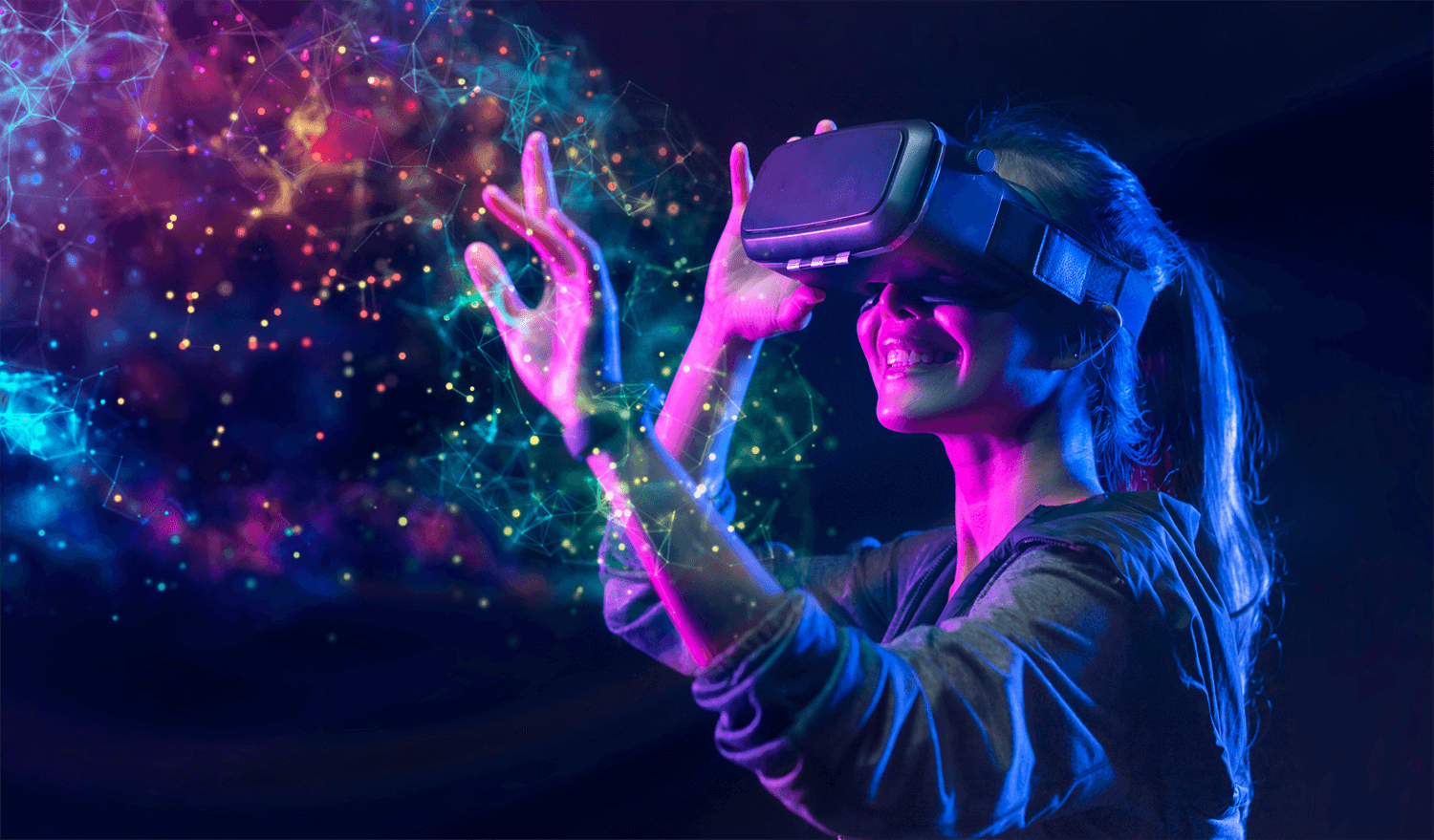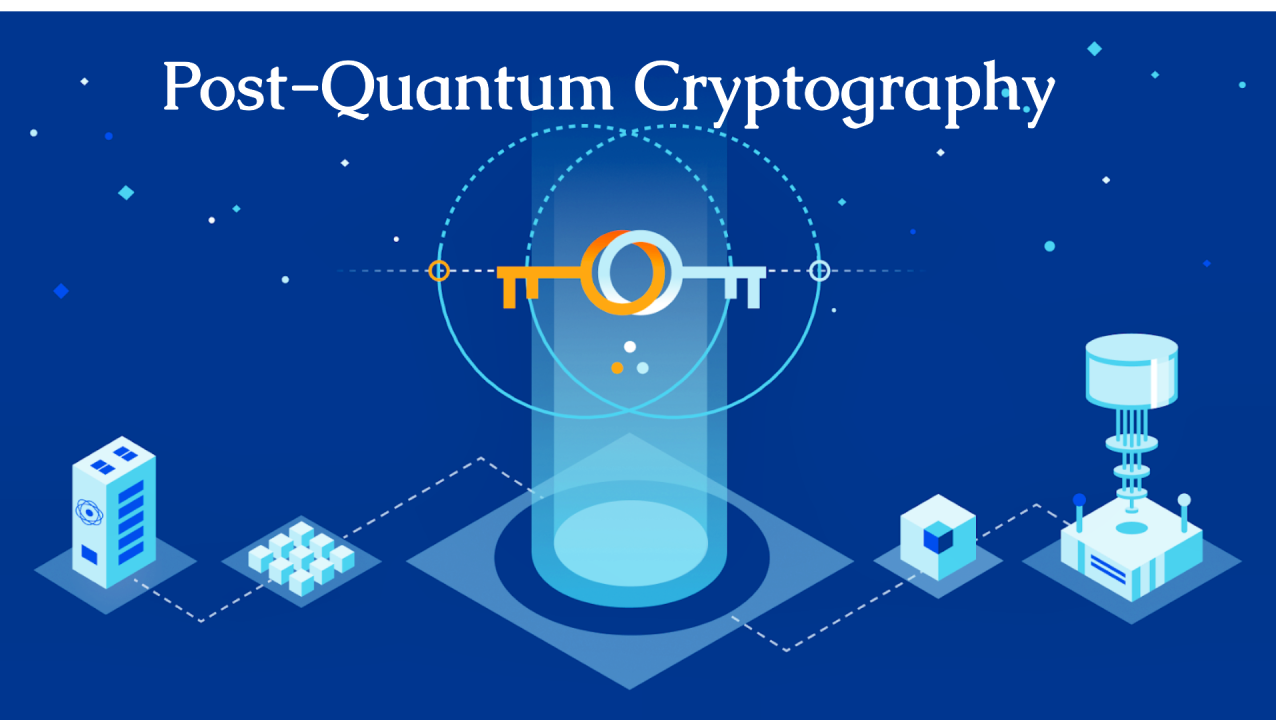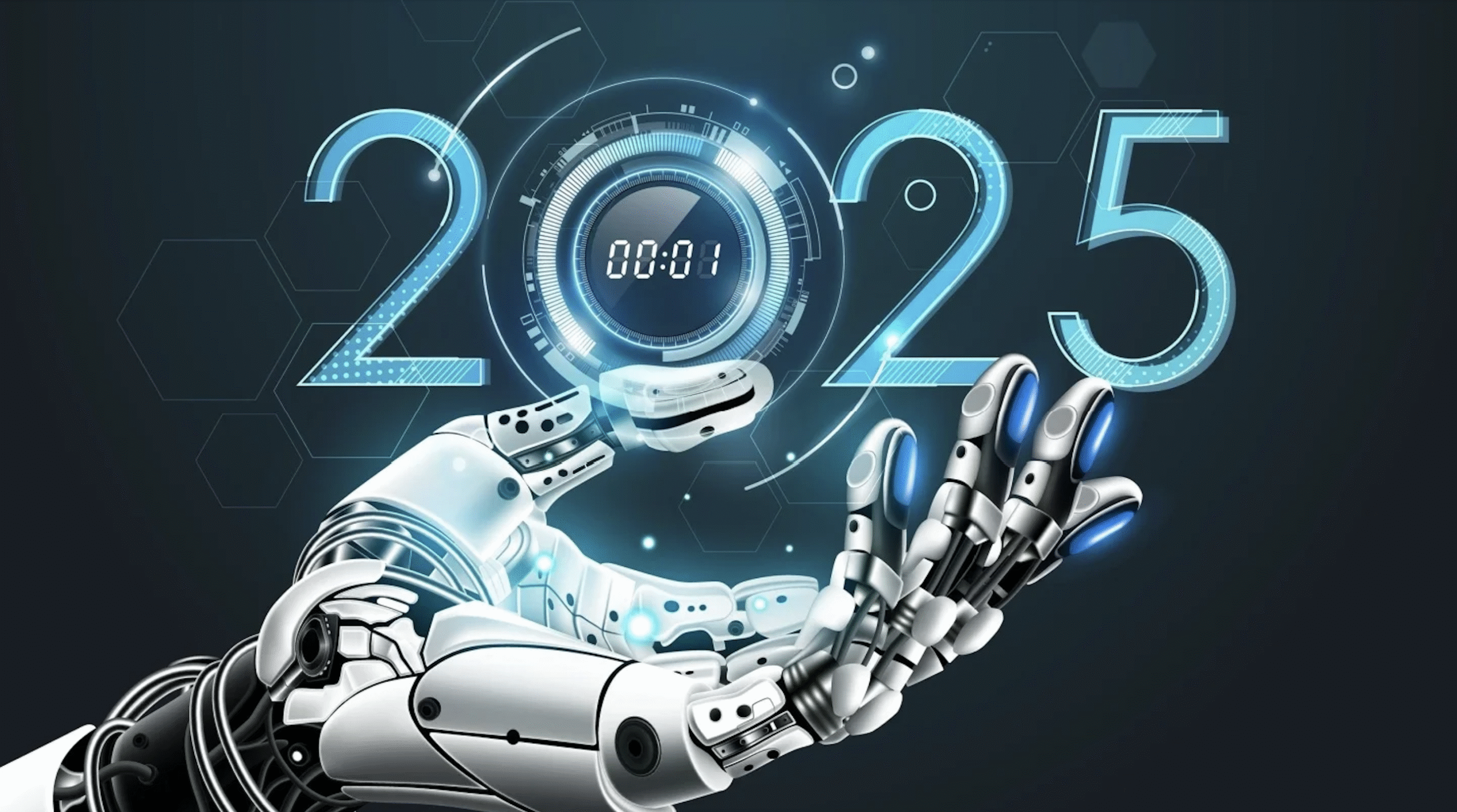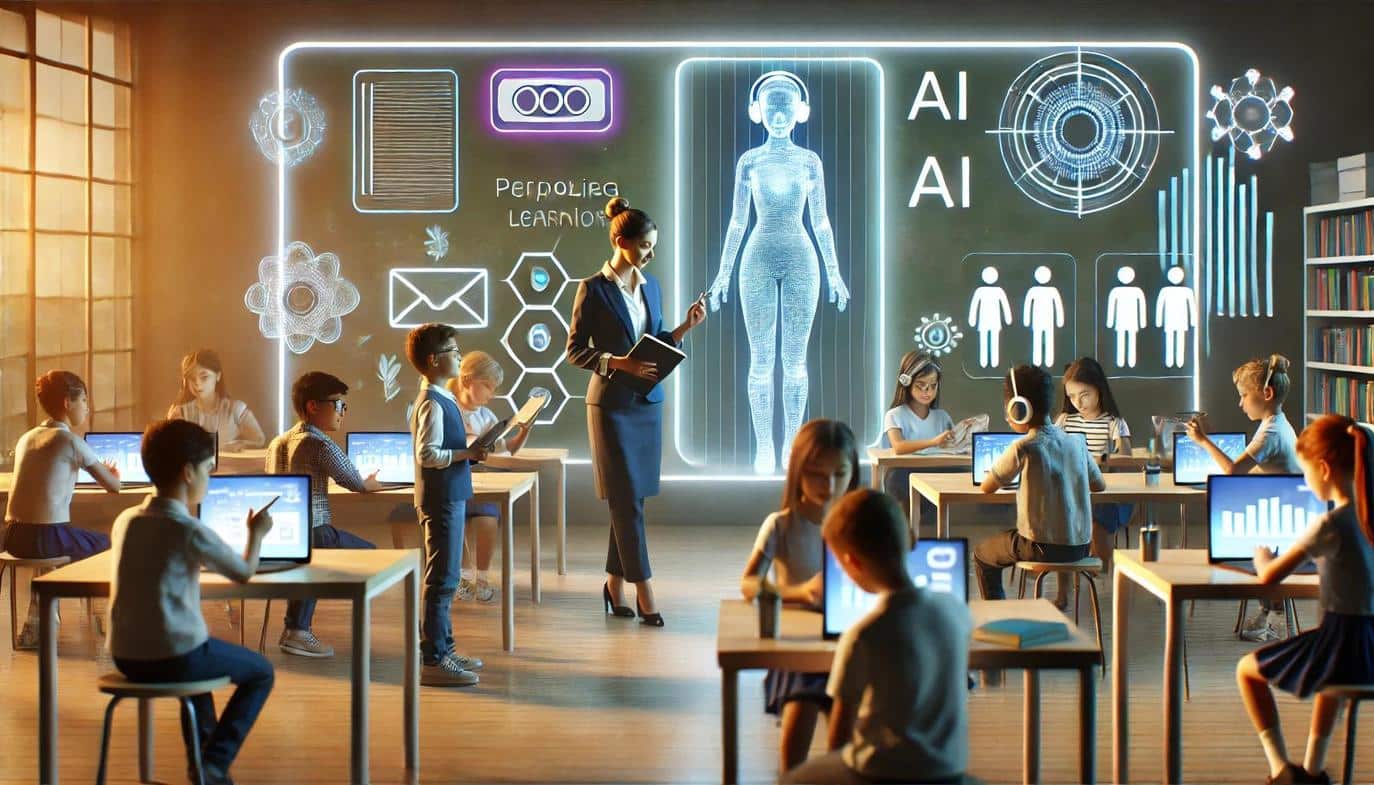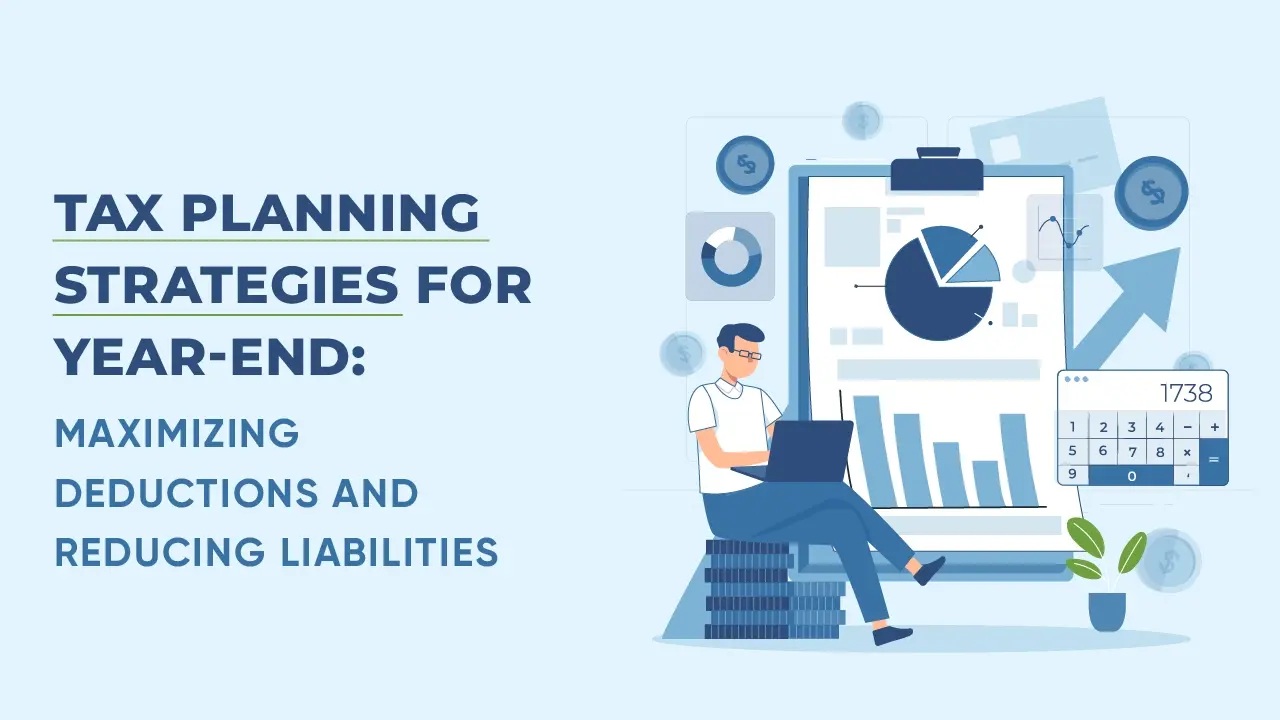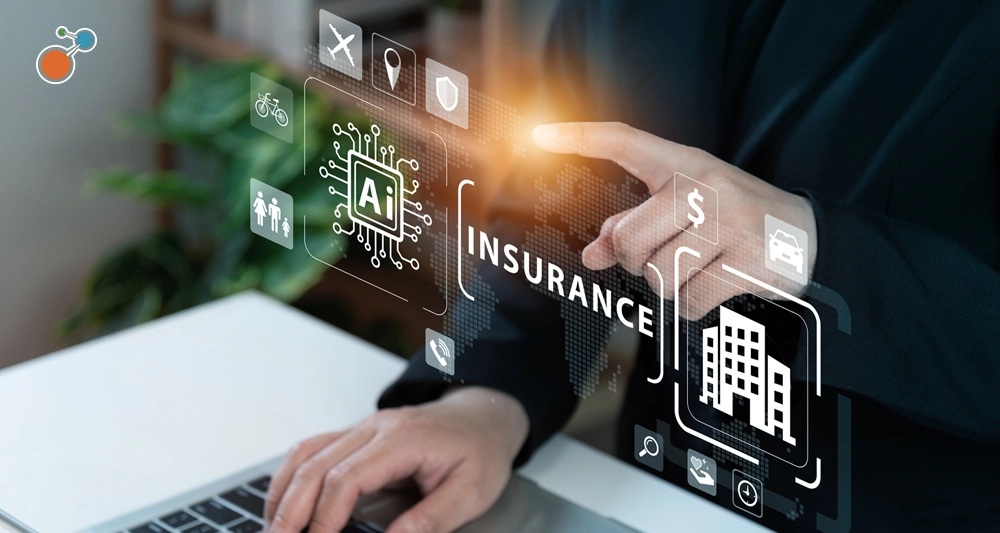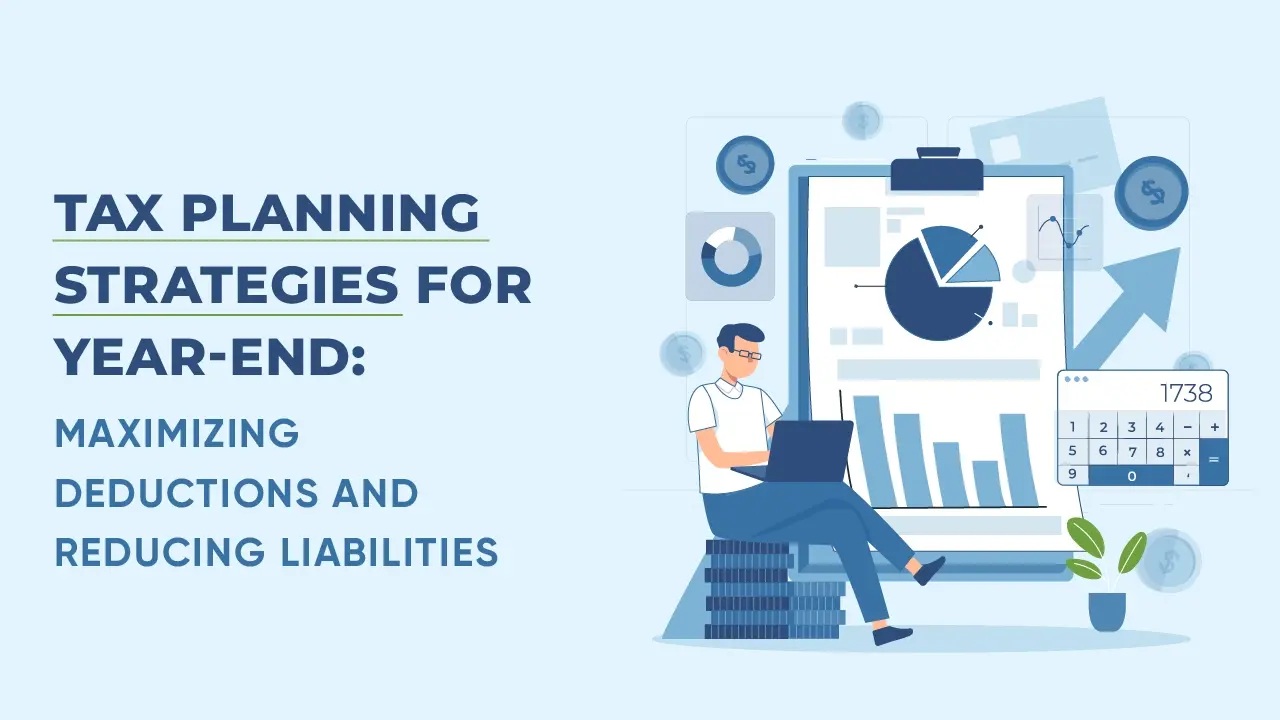Imagine a world where digital content no longer lives behind screens but seamlessly interacts with our physical environment. That’s not science fiction anymore—it’s the promise of spatial computing.
As we enter the second half of the 2020s, spatial computing is transforming industries, redefining work, and enhancing human interaction with machines. From Apple’s Vision Pro to industrial AR/VR applications, we are entering an era where the line between digital and physical is blurred.
In this guide, we’ll unpack the rise of spatial computing, explore its key technologies, real-world use cases, market outlook, and what it means for the future of business, education, healthcare, and beyond.
Let’s jump into the spatial future.
🧠 What Is Spatial Computing? (H1)
🛰️ A Simple Definition (H2)
Spatial computing refers to the digital technology that enables devices to perceive, interact with, and manipulate space and objects in the real world. It’s the convergence of:
- Augmented Reality (AR)
- Virtual Reality (VR)
- Mixed Reality (MR)
- Artificial Intelligence (AI)
- Sensor Fusion
- Computer Vision
Instead of using screens and keyboards, we interact with data using gestures, voice, eye-tracking, and natural movements—essentially bringing computing into our 3D world.
🌐 The Technologies Powering Spatial Computing (H1)
1. Augmented and Mixed Reality (AR/MR)
AR overlays digital information in the real world (think Pokémon Go), while MR allows interaction between physical and digital objects. Microsoft HoloLens and Apple Vision Pro are key players.
2. Artificial Intelligence (AI)
AI enables machines to understand environments, interpret gestures, and recognize objects, making spatial computing smarter and more responsive.
3. Computer Vision
This tech allows devices to “see” and understand surroundings using cameras and depth sensors.
4. SLAM (Simultaneous Localization and Mapping)
SLAM helps spatial devices map physical spaces in real time—crucial for AR experiences.
5. Haptics & Wearables
Gloves, suits, and feedback devices bring touch and motion sensing into the mix.
📈 The Growth of Spatial Computing in 2025 (H1)
According to IDC and Statista:
- The global spatial computing market is projected to exceed $500 billion by 2030.
- Over 2 billion AR-capable devices will be in use by 2025.
- Investments in immersive tech have grown 300% since 2020.
Tech giants like Apple, Meta, Google, Microsoft, and NVIDIA are pouring billions into the space. The Apple Vision Pro, in particular, has brought spatial computing into mainstream consumer focus.
🏢 Real-World Applications by Industry (H1)
1. Healthcare (H2)
- Surgical simulations using VR
- AR-assisted surgeries with 3D overlays
- Mental health therapies using immersive VR
2. Education and Training (H2)
- Virtual labs for science experiments
- AR history tours bringing the past to life
- VR skill training (e.g., welding, aviation)
3. Architecture & Construction (H2)
- AR blueprints and site overlays
- 3D walkthroughs for clients
- Digital twins for predictive modeling
4. Manufacturing & Logistics (H2)
- AR-enabled assembly instructions
- Remote support and diagnostics
- Spatial mapping in warehouses
5. Retail & E-commerce (H2)
- Virtual try-ons (clothes, glasses, furniture)
- Immersive online shopping
- In-store AR promotions
6. Entertainment & Media (H2)
- VR gaming experiences
- Spatial storytelling
- Immersive concerts and live sports
🎯 Benefits of Spatial Computing (H1)
1. Enhanced Human-Computer Interaction (H2)
Say goodbye to keyboards and mice—gestures, eye tracking, and voice are more natural.
2. Improved Productivity & Efficiency (H2)
Real-time data overlays and training reduce errors and speed up decision-making.
3. Remote Collaboration & Presence (H2)
Spatial avatars and virtual workspaces enable more engaging remote teamwork.
4. Personalized User Experiences (H2)
AI + spatial computing = smarter, more intuitive apps tailored to your context.
🚧 Challenges and Risks (H1)
1. Privacy & Surveillance (H2)
Spatial devices collect massive amounts of data about environments, faces, and behavior.
2. Cost and Accessibility (H2)
Devices like Apple Vision Pro remain expensive, limiting mass adoption—for now.
3. Tech Fatigue & Motion Sickness (H2)
Extended use of headsets can cause discomfort or eye strain.
4. Infrastructure Needs (H2)
High-speed internet, cloud computing, and 5G are vital for a seamless experience.
🌍 Spatial Computing and the Metaverse (H1)
While the “metaverse” hype has cooled, spatial computing is the foundation of a practical, useful metaverse.
Unlike the gaming-centric vision of early metaverse ideas, spatial computing is grounded in productivity, utility, and real-world enhancement.
Think:
- Real estate agents walking clients through virtual homes
- Surgeons training collaboratively from different continents
- Teams co-working inside 3D virtual boardrooms
This shift—from virtual escapism to augmented realism—is why spatial computing is thriving where the metaverse stumbled.
🚀 Future Outlook: What’s Next? (H1)
1. Spatial Operating Systems (H2)
Apple’s visionOS is just the beginning. Expect new OS platforms designed entirely around space—not screens.
2. Ultra-Light Wearables (H2)
Tech is getting smaller. Smart glasses and contact lenses may replace bulky headsets.
3. Brain-Computer Interfaces (H2)
Companies like Neuralink are exploring direct neural control—true sci-fi becoming reality.
4. 6G and Edge Computing (H2)
Faster networks will enable real-time rendering of complex 3D environments.
5. Democratization of Creation (H2)
No-code spatial app builders will empower anyone to create immersive experiences.
🛠️ How to Prepare for the Spatial Future (H1)
1. Learn Spatial Design Principles (H2)
Think beyond 2D. Learn to design for environments and movement.
2. Master 3D Tools (H2)
Tools like Unity, Unreal Engine, and Blender are core to building spatial experiences.
3. Explore AR SDKs (H2)
Apple’s ARKit and Google’s ARCore are essential starting points for mobile developers.
4. Upskill in AI and CV (H2)
Understanding machine learning and computer vision helps you innovate in the space.
5. Follow the Ecosystem (H2)
Stay updated with news from Meta, Apple, Niantic, Magic Leap, and Microsoft.
💬 FAQs: Spatial Computing Explained (H1)
1. Is spatial computing the same as augmented reality?
Not exactly. AR is a component of spatial computing, which includes AI, computer vision, and 3D mapping.
2. How is spatial computing used in real life today?
It’s already being used in surgery, training, product design, virtual shopping, and more.
3. Will spatial computing replace smartphones?
Eventually, yes. As spatial devices become smaller and cheaper, they could replace phones as our primary computing device.
4. What are the biggest companies investing in spatial computing?
Apple, Meta, Microsoft, Google, NVIDIA, and startups like Magic Leap and Varjo.
5. Do I need a VR headset to experience spatial computing?
Not necessarily. Many smartphones already support AR, and new smart glasses are on the horizon.
🧭 Conclusion: Navigating a New Dimension of Computing (H1)
Spatial computing isn’t just a buzzword—it’s a paradigm shift. It redefines how we work, learn, play, and connect with the world.
While the technology is still evolving, its impact is already visible across industries. As devices get smaller, smarter, and more affordable, spatial computing will become as common as smartphones are today.
Summer Savings Guide: 50+ Smart Ways to Save Big in 2025



